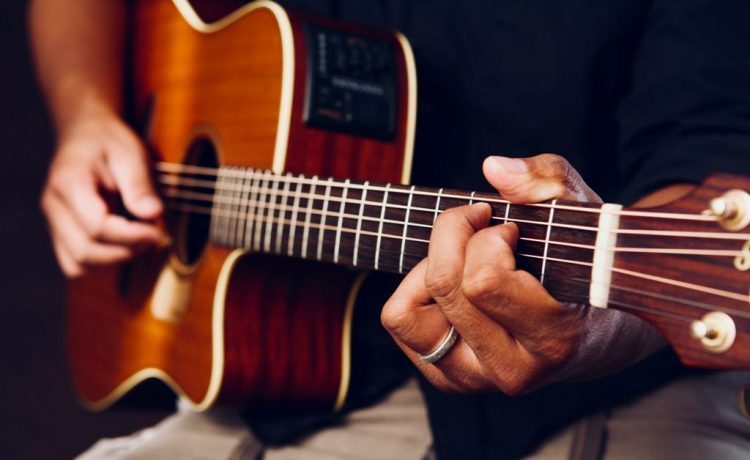A lifetime of learning and inspiration should begin with the search for your first instrument. Because there are so many different makes and kinds of musical instruments, it can also be perplexing.
When purchasing your first guitar, you will have to make decisions regarding the size, kind of guitar, and whether to acquire a brand-new or used guitar. While there are numerous factors that could influence your choice, the most crucial thing is to choose a guitar that appeals to you in terms of how it plays, looks, and sounds.

Everybody has their own personalities and likes, and there are various guitar styles to choose from. The instrument should, above all, motivate and excite you to practice more frequently. This guitar buying guide will make it easier for you to choose the perfect beginner guitar for you, helping you make decisions on guitar kinds, styles, and sizes.
Which guitar should parents buy for their young child who wants to start learning to play? Is one of the queries hear the most frequently. Here are a few tips to assist you in learning how to purchase a guitar for a novice musician. You can check for best guitars for sale.
Electric guitars are, by far, the most widely used type of guitar in contemporary music. Electrics alone only generate the slightest sound, but when coupled with an amplifier, they unleash a vast array of potential sounds. Typically, rock, metal, pop, blues, jazz, country, and R&B are played on these guitars. A rich tone can be produced by acoustic guitars without the need of electric amplification. They are among the guitar varieties most frequently employed in folk, singer-songwriter, country, and bluegrass music, while they are also occasionally utilized in rock, blues, and R&B.
The advantages of learning the guitar on an acoustic versus an electric guitar are frequently questioned by parents. They are fundamentally the same instrument, thus ideas picked up on one are readily applicable to the other. However, because an electric guitar’s neck is thinner and its strings are easier to press down, it can be the ideal beginner guitar for learning because it is typically a little easier to play.
Consider an acoustic-electric guitar if you feel the need for a guitar that combines the benefits of both electric and acoustic playing. Since acoustic guitars are frequently used by musicians in big settings, acoustic guitar manufacturers provide models with integrated microphones or pickups. The benefit is that these guitars perform and sound precisely like acoustic guitars, but they can also be plugged in and amplified via an amp or home sound system as necessary.

The majority of acoustic-electric guitars contain an on-board equalization, which provides some amount of tone adjustment. The disadvantage is that these guitars will cost more because they feature electronic hardware that is not present in acoustic guitars. If you’re looking at an electric guitar, put it into an amplifier and experiment with all the switches and knobs. If you hear any cracking noises, the electronics inside might be a little dusty. Again, it’s a fixable issue, but you don’t want to discover it right away when your child plugs it in for the first time. If you’re looking at what you think is a good style and pricing point, another of the same brand and model should be OK.




